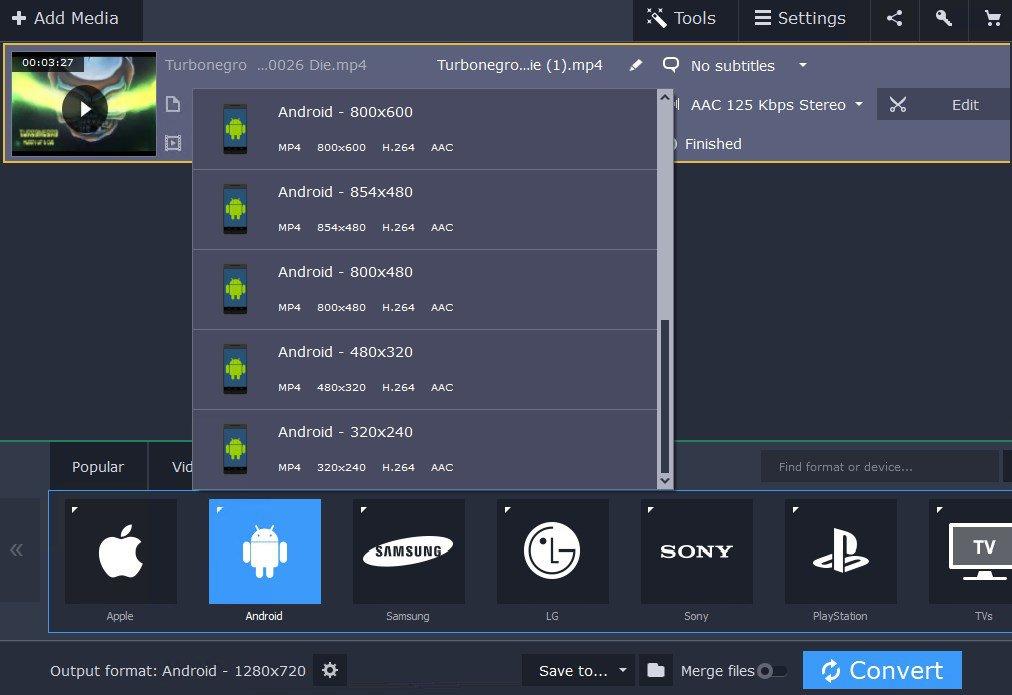

Regardless of your microphone setup, you’ll want to bring your mic as close to the speaker’s mouth as possible to improve clarity.

Whenever possible, I recommend using an external microphone to improve audio quality and separate your speaker’s voice from the background noise. This recorder is lightweight and compact, with professional-level features, like an earphone jack for monitoring the recording session, a recording level adjustment and the ability to capture uncompressed audio. At the most basic level, this could be an iPhone with a voice recording application like iTalk or a dedicated digital audio recorder like the Olympus LS-10. To capture audio, you’ll need a digital audio recorder and a microphone.

You’ll want to make sure your audio is the best quality you can capture, not a secondary component to your photos. The same rule holds true for multimedia photography. In filmmaking, it is often said that audiences will forgive inferior video, but never forgive poor audio. For most slideshows, you’ll be best served by recording the audio first as it will help you develop a list of photos you’ll need to illustrate the audio. Once you’ve chosen your story line, you’ll want to begin gathering your audio clips and still photos. Limiting your focus to a narrow aspect of a person’s life or unique perspective of an event will deepen the impact of your audio slideshow and will limit the time you spend conducting and editing the audio portion of the interview. While you don’t need a carefully planned script, you do want to spend time thinking about what is most intriguing about the person you’re interviewing or event you’re covering. Planning Your Audio Slideshowīefore you start recording your interview or begin taking pictures, you’ll want to develop a story line for your slideshow. I’ll organize the material in this article using the same process, addressing audio and photos separately within each section. I’ll demonstrate slideshow creation using Adobe Soundbooth for audio editing, Adobe Lightroom for image editing and organizing and Soundslides for the assembly and publication of your audio slideshow.įor all your audio slideshows, you’ll want to follow a three-step process: In this article, I’ll walk you through the steps necessary to capture, edit, create and publish your audio slideshow. In last month’s Introduction To Multimedia, I recommended audio slideshows as a great way to get started experimenting with multimedia and publishing your photos on the Web. I: Intro to Multimedia | II: Creating Audio Slideshows | III: Rich Media Narratives


 0 kommentar(er)
0 kommentar(er)
